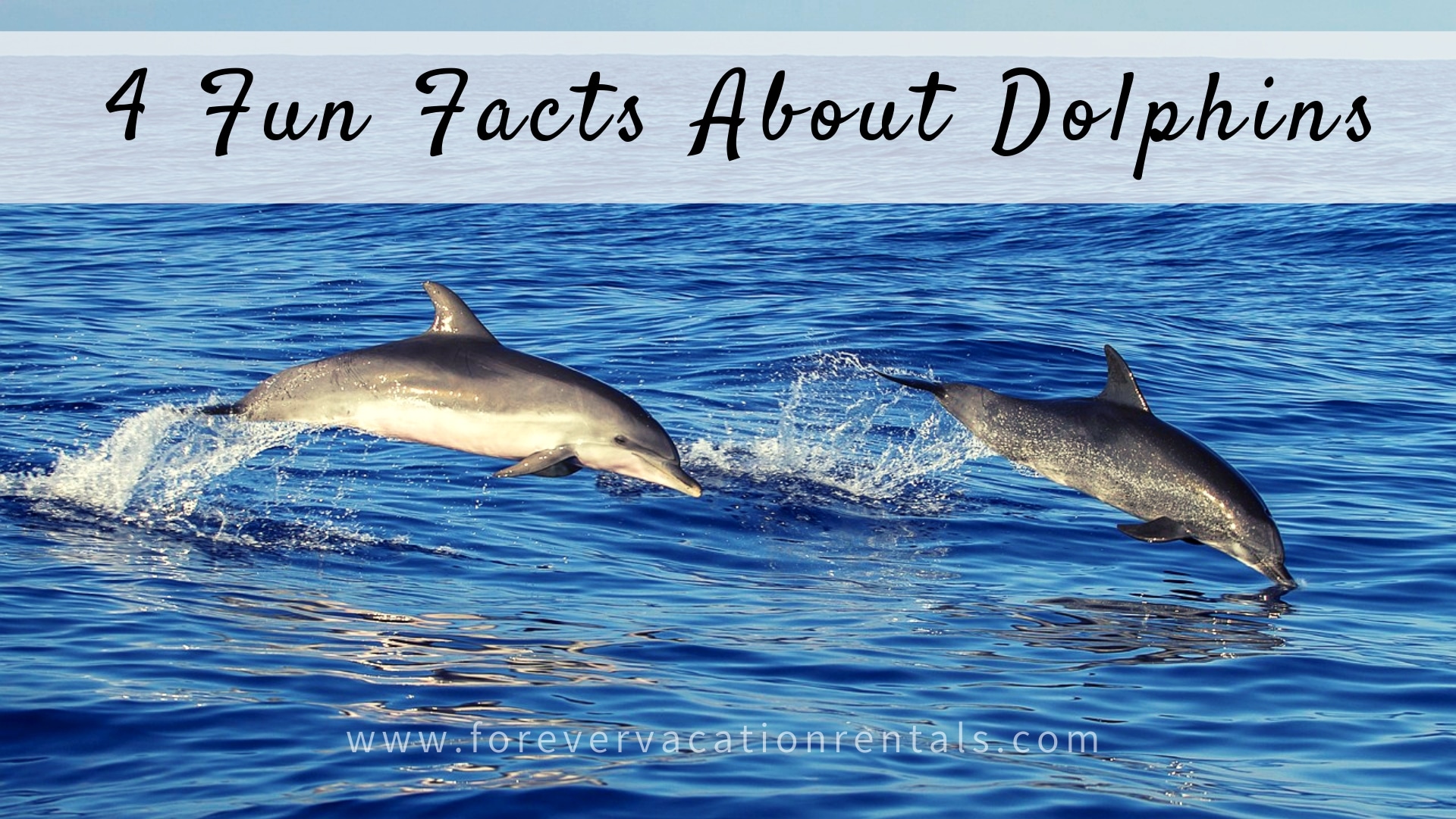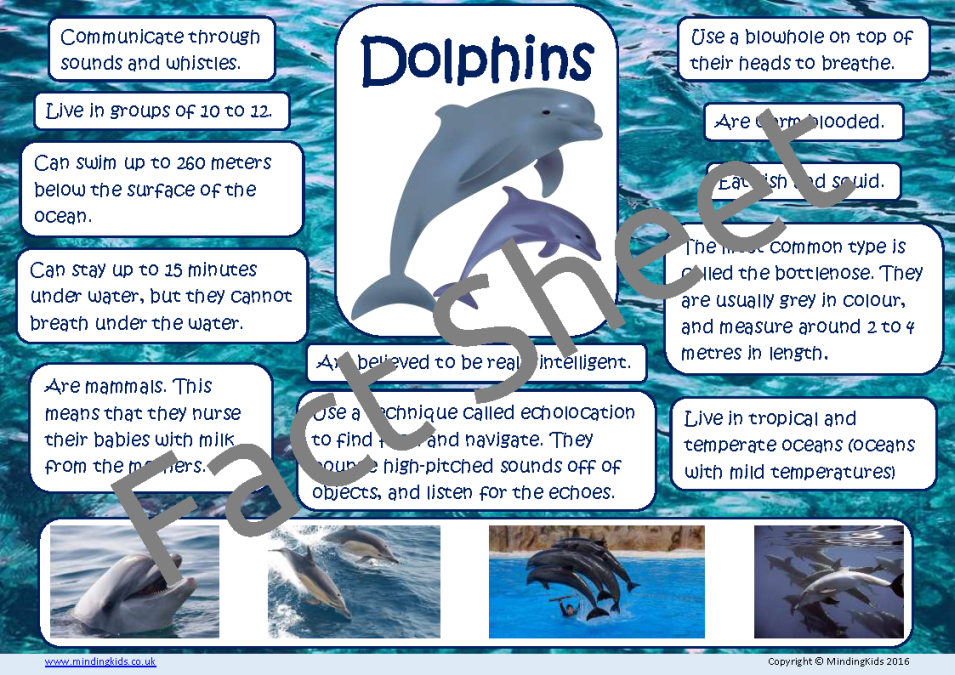Obtain Motivated by Dolphin Facts That Emphasize Their Problem-Solving Talents
Wiki Article
Study the Ocean: Fascinating Dolphin Truths for Sea Lovers
The world of dolphins provides a remarkable intersection of intelligence, social behavior, and environmental value. From their complex interaction approaches to their excellent analytical capacities, dolphins test our understanding of pet intelligence.Dolphin Variety Variety
Variety is a characteristic of the dolphin family, including a broad range of species that exhibit distinct physical qualities, actions, and habitats. The family Delphinidae, typically referred to as oceanic dolphins, makes up roughly 37 types, each adjusted to certain ecological particular niches. The bottlenose dolphin (Tursiops truncatus) is renowned for its knowledge and versatility, prospering in both open and coastal sea atmospheres.On the other hand, the orca (Orcinus orca), often described as the killer whale, is the biggest participant of the dolphin family members and is characterized by its striking black-and-white coloration. Orcas demonstrate complicated social frameworks and searching methods, showcasing the behavior variety within the family members. Various other varieties, such as the spinner dolphin (Stenella longirostris), are kept in mind for their acrobatic displays and preference for warmer waters, highlighting the adaptability of dolphins to different marine environments.
Additionally, river dolphins, consisting of the pink river dolphin (Inia geoffrensis), occupy freshwater environments, even more highlighting the considerable habitats that dolphins occupy. Dolphin Facts. This unbelievable variety not only enhances marine communities but likewise emphasizes the value of conservation efforts to safeguard these exceptional creatures and their settings
Social Actions and Interaction
The elaborate social habits and communication approaches of dolphins are vital parts of their presence, promoting group cohesion and boosting survival. These extremely smart marine animals show facility social structures, often forming shucks that can vary from a couple of individuals to over a hundred. Within these teams, dolphins take part in actions such as cooperative searching, social play, and common protection, which foster solid bonds among participants.Dolphins utilize an innovative selection of vocalizations, including clicks, whistles, and body language, to share information and share emotions. Their signature whistles work as unique identifiers, comparable to names, enabling individuals to call out to each other. This vocal communication is enhanced by non-verbal signals, such as jumping, slapping the water, and synchronized swimming, which even more boosts their interactions.

Distinct Feeding Habits
One-of-a-kind feeding habits characterize dolphins, showcasing their versatility and knowledge in numerous aquatic atmospheres. These marine mammals are known for their diverse diet plans, which mostly contain fish, squid, and crustaceans. Their hunting strategies can differ substantially, usually customized to the specific prey and environmental conditions.One remarkable method is cooperative searching, where dolphins work in teams to herd schools of fish right into limited formations, making it less complicated for individuals to catch their dish. This social habits not only boosts their feeding efficiency yet additionally strengthens social bonds within the husk. Furthermore, dolphins have actually been observed utilizing a technique called "fish-whacking," where they utilize their tails to stun or confuse fish, promoting easier capture.
One more fascinating feeding behavior is echolocation, which enables dolphins to detect prey even in murky waters. Generally, the one-of-a-kind feeding habits of dolphins highlight their function as experienced predators within the aquatic community, showing both intelligence and ingenuity.
Knowledge and Issue Solving
Dolphins exemplify exceptional cognitive capacities that extend beyond find out here their sophisticated feeding methods. Their intelligence appears in their analytic abilities, social interactions, and ability for understanding. Study has shown that dolphins can utilize devices, such as using marine sponges to secure their rostrums while foraging on the seafloor. This habits highlights their capability to control their setting efficiently and adjust strategies to boost survival.Furthermore, dolphins show advanced interaction skills, employing an intricate system of clicks, whistles, and body language. Dolphin Facts. This interaction is essential for coordinating group tasks, such as searching and interacting socially, showing their capacity to work collectively in the direction of a common objective. Their ability to comprehend abstract ideas, consisting of self-recognition in mirrors, even more highlights their cognitive class
In controlled studies, dolphins have actually shown a capability to fix challenges and execute jobs that require both memory and essential thinking. These communications suggest not only intelligence but also a readiness to involve with their environment in novel means. Generally, the cognitive prowess of dolphins positions them among one of the most intelligent types on earth, cultivating a much deeper appreciation for their duty in aquatic communities.
Conservation and Environmental Effect
Preservation initiatives focused on protecting marine ecological communities are crucial for preserving dolphin populaces and their environments. Dolphins are extremely conscious environmental adjustments, and their survival is intricately connected to the health and wellness of nautical ecosystems. Overfishing, air pollution, and climate modification position substantial threats to both dolphins and their atmospheres.Overfishing interrupts the food chain, leading to a decrease in prey varieties important for dolphin survival. Additionally, contaminants such as plastics and chemicals build up in marine atmospheres, jeopardizing dolphins with ingestion and bioaccumulation. Enhanced water temperatures and sea acidification, consequences of environment modification, even more jeopardize the delicate equilibrium of aquatic ecosystems, affecting dolphin breeding and migratory patterns.
Conservation campaigns, consisting of the establishment of aquatic secured locations (MPAs), play an important function in safeguarding these intelligent creatures. MPAs assist alleviate human effect, allowing environments to thrive and recoup. Public recognition campaigns and neighborhood engagement are also essential, cultivating a culture of stewardship towards marine life. By prioritizing preservation initiatives, we can guarantee that future generations take pleasure in the elegance and vigor of dolphins and the oceans they live in. Protecting aquatic communities is not simply about conserving dolphins; it has to do Visit This Link with protecting the elaborate web of life that sustains us all.
Conclusion
Dolphins exhibit the intricacy and splendor of aquatic life through their varied types, elaborate social structures, and advanced cognitive abilities. As crucial components of aquatic communities, dolphins highlight the necessity of continuous conservation initiatives to protect their environments.Various other types, such as the spinner dolphin (Stenella longirostris), are kept in mind for their acrobatic screens and preference for warmer waters, highlighting the adaptability of dolphins to different aquatic communities.
Overall, the distinct feeding behaviors of dolphins highlight their function as proficient killers within the aquatic community, demonstrating both knowledge and ingenuity.
In general, the cognitive prowess of dolphins puts them among the most smart varieties on the earth, fostering go now a much deeper appreciation for their role in marine communities.

Report this wiki page